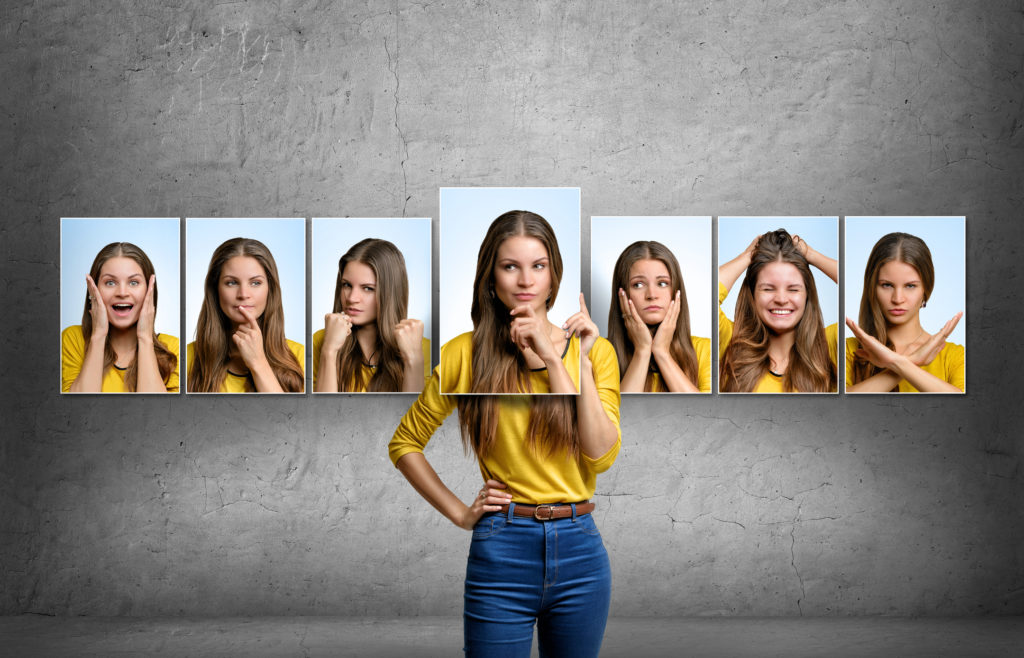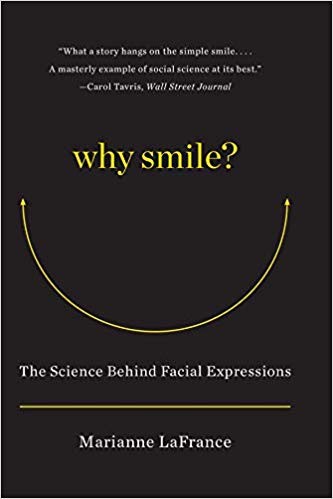Resting Bitch Face: What Are You Trying to Say?

There you are, sitting on a panel and waiting for the next speaker to finish. Perhaps, you are anticipating your turn to speak during a television interview – your mug front and center on the split screen. You are engaged, present in the moment, and listening. Unfortunately, your face is telling a different story.
Ah, yes, the so-called “resting bitch face.”
The resting bitch face, or RBF, is a most unappealing moniker for a neutral facial expression that conveys anything from vague annoyance to absolute disinterest. But is it really so? Should the lack of a smile and subtle squint automatically suggest some level of boredom or disdain?
Resting Bitch Face: From Meme to Mainstream
The idea of RBF was brought to life several years ago by a viral meme based on an edgy, mock-PSA.
Bitchy Resting Face, as it also is known, can indeed throw shade on the message you are trying to convey. It’s an excellent example of how unintentional nonverbal communication can lead to misperceptions.
It has even attracted the attention of an international research firm, Noldus Information Technology, which developed an online “Test Your RBF.” This online exercise utilizes Noldus’ FaceReader, which can read more than 500 points on a person’s face to assess a half-dozen emotions, including happy, angry, sad, scared, surprised, disgusted, contemptuous, and neutral.
It turns out that human brains are wired to analyze and recognize minute traces of contempt. So, if your contemplative countenance offers even a whiff of judgment, you could bring about a sense of discomfort in another without even knowing it. It doesn’t help that a neutral look also is a moving target, influenced by genetics, culture, and gender.
When this technology was applied to male and female faces, “RBF” was detected in equal measure. That is despite the inherent gender bias found in the very acronym itself. Take a quick look at the digital sphere and the resting bitch faces are predominantly female celebrities, such as Kristen Stewart, Anna Kendrick, and Emma Watson. They’re not smiling? Well, then, they must be in a bad mood.

Resting Bitch Face: Cultural Context
“There is a pronounced tendency for women to smile more than men,” says Dr. Marianne LaFrance, a professor of psychology at Yale University in New Haven, Connecticut, and the author of “Why Smile? The Science Behind Facial Expressions.” “There is the assumption that if a woman is not smiling, it must mean there is something ‘bitchy’ about her.”
 LaFrance does not operate on assumptions, however, and her research has shown that society cuts men some slack for not smiling. When her researchers looked online for pictures of smiling people, she said it was rare to find a woman who was not smiling. “The interesting thing is that (a woman) is not asked why you are smiling,” she says, noting that the converse is nearly always the more typical query. “There is the assumption that (a smile) is the normative.”
LaFrance does not operate on assumptions, however, and her research has shown that society cuts men some slack for not smiling. When her researchers looked online for pictures of smiling people, she said it was rare to find a woman who was not smiling. “The interesting thing is that (a woman) is not asked why you are smiling,” she says, noting that the converse is nearly always the more typical query. “There is the assumption that (a smile) is the normative.”
A recent study by Dr. Daniel Gill and his colleagues at the University of Glasgow shows that expressions can even cause people to attribute certain traits to others. We tell entirely different stories about who we are one raised eyebrow or wrinkled nose at a time.
Then, there is the matter of genetics. As some people age, the corners of their mouths droop, which can color a facial emotion even when there is no such intent.
How can you avoid RBF?
There are solutions, some more radical than others. If you are not interested in the panacea that plastic surgery offers, or putting your face through its paces, there are some simpler measures. Just make sure the fundamental approach is one of authenticity.
If you are constantly thinking about how you should look, it will become a manufactured, rather than organic, experience. Are you participating in a panel? Go ahead and nod, even if you are not in total agreement with the other speaker. Audiences typically can discern between simple attention and flat-out agreement.
The number one rule is no fake smiles. It is not authentic and it will look that way.
As LaFrance notes:
“Most smiling is completely fake … it is manufactured to show that you are sociable and approachable and shown not to offend. A smile is interesting because it is both a cover and a mask on one hand, and sometimes an expression of a positive moment …. There are two good ways not to show what you are really feeling and that is to show nothing and the other is to smile, because both can be completely fabricated.”
Your best look
Here’s an exercise: Take out your phone and capture five photos of yourself, from a neutral expression to one with a broad smile. In which one do you look the most relaxed, pleasant, and natural? Find a way to channel that feeling every time that you are required to speak in public or in front of a camera. Also, channel it when you have to listen.
Still seeking a window to the authentic you?
Ask a relative to sneak a picture of you in a relaxed environment when you are not expecting it.
It may turn out that a wide-toothed grin is not your thing. In our media training, we work with clients to build their confidence and skills so that even when they are at “rest,” they are actively conveying the message and image they want to broadcast to others. It’s the kind of work that can bring a smile to your face.


